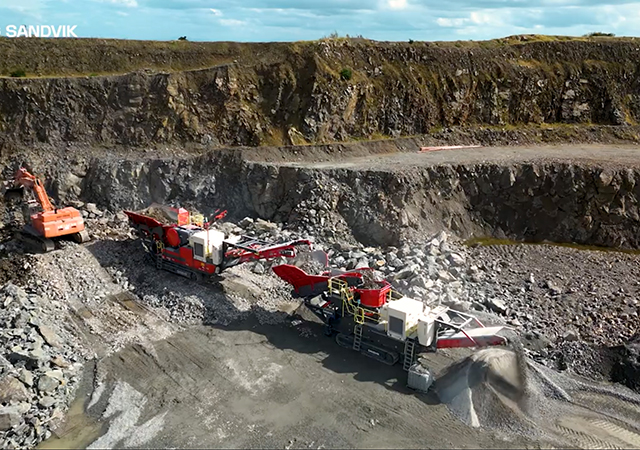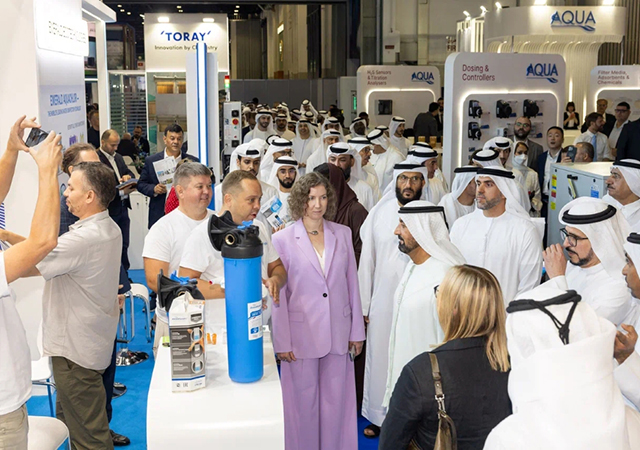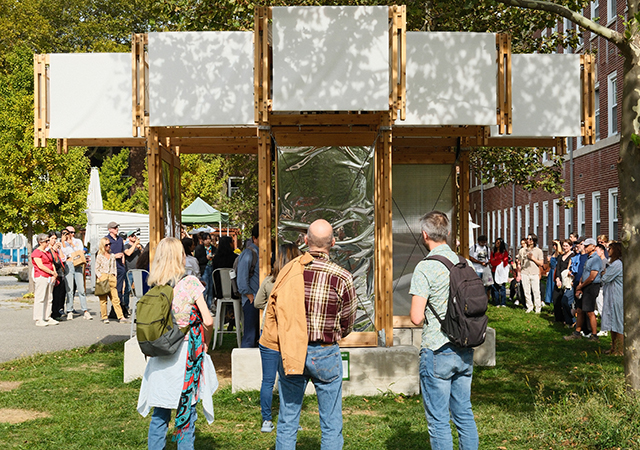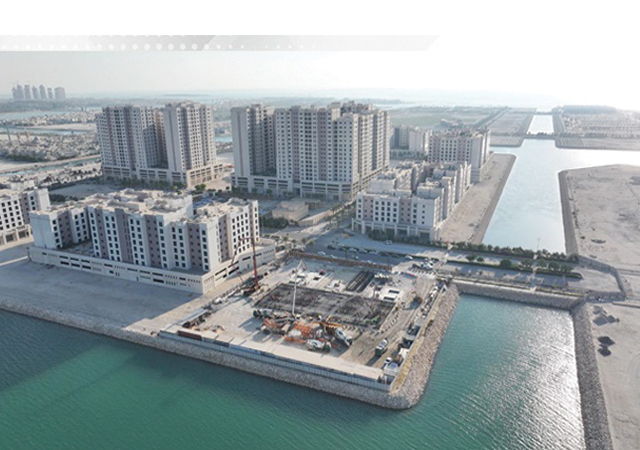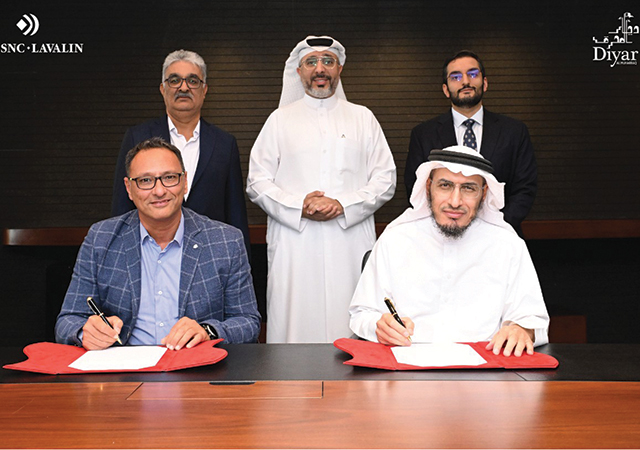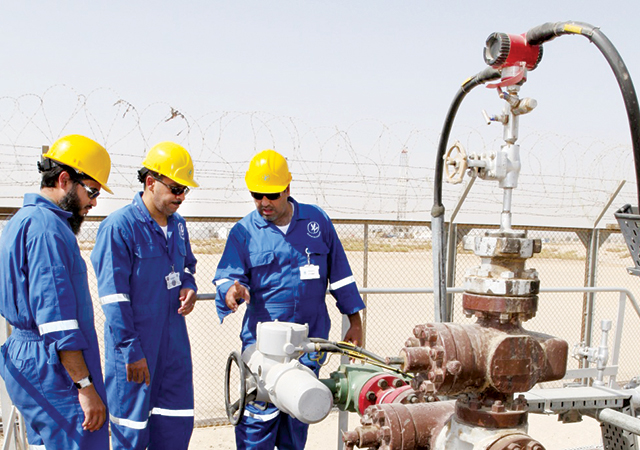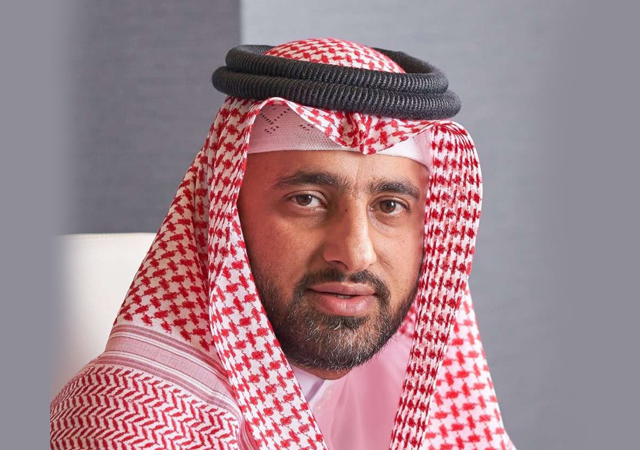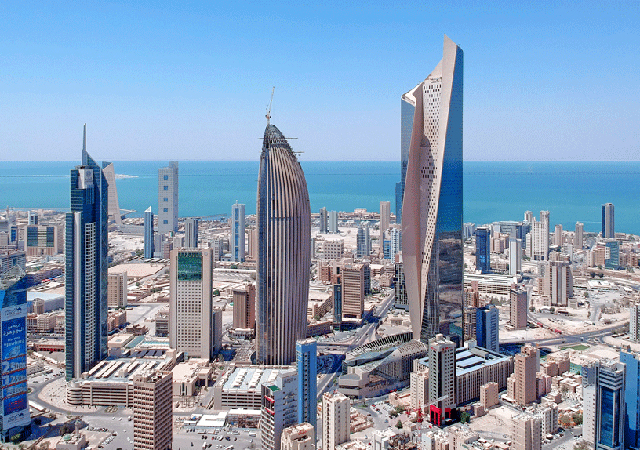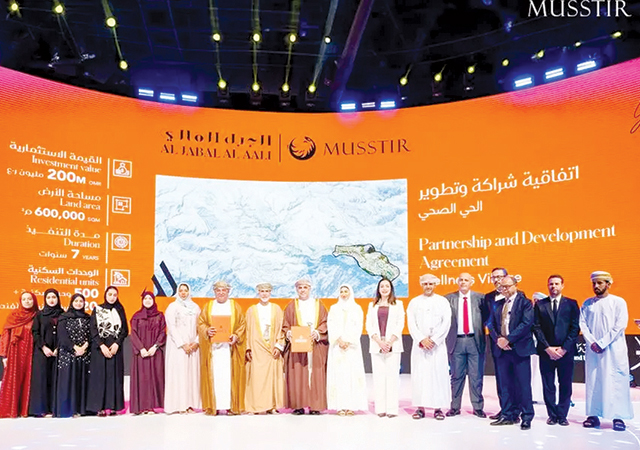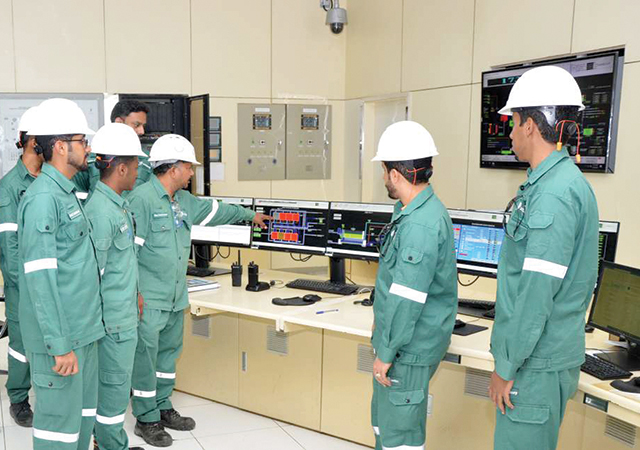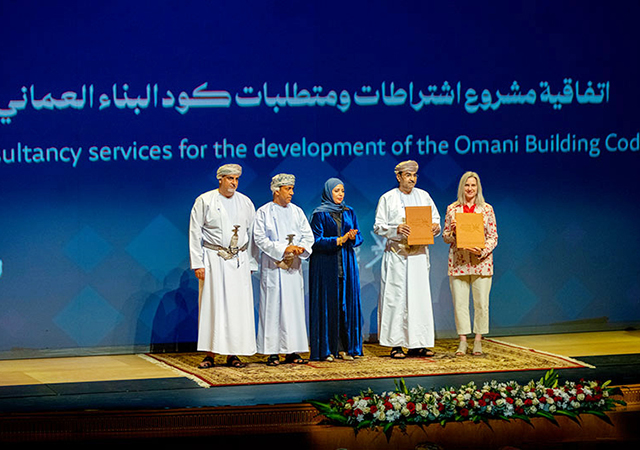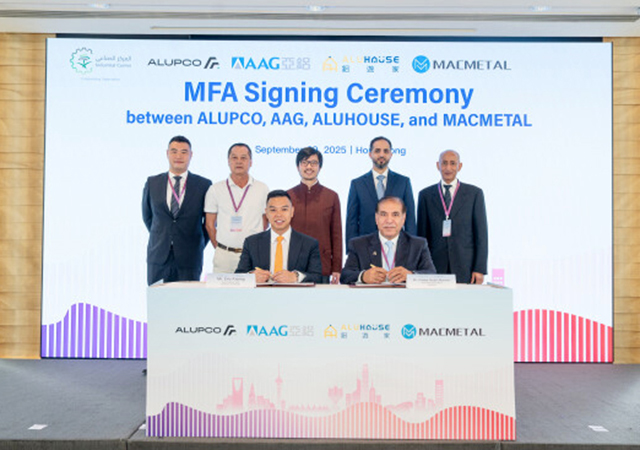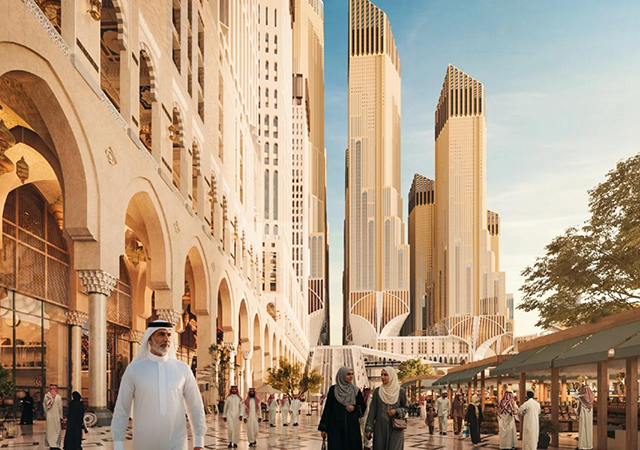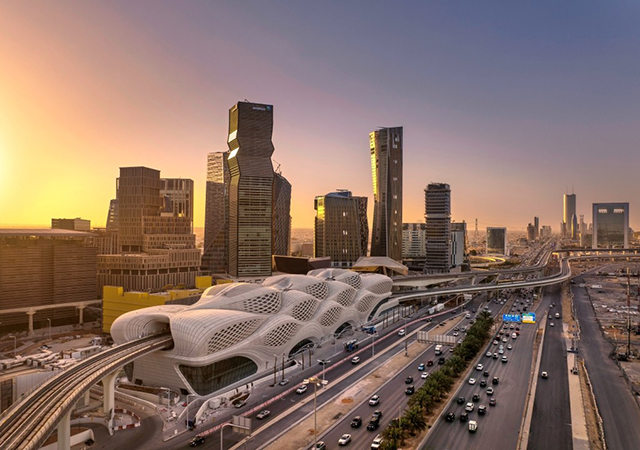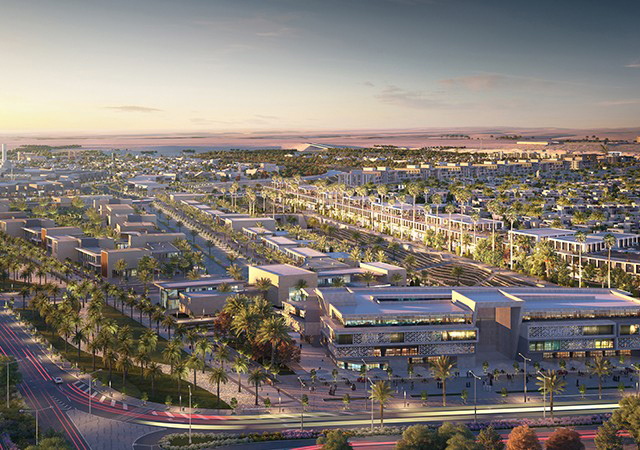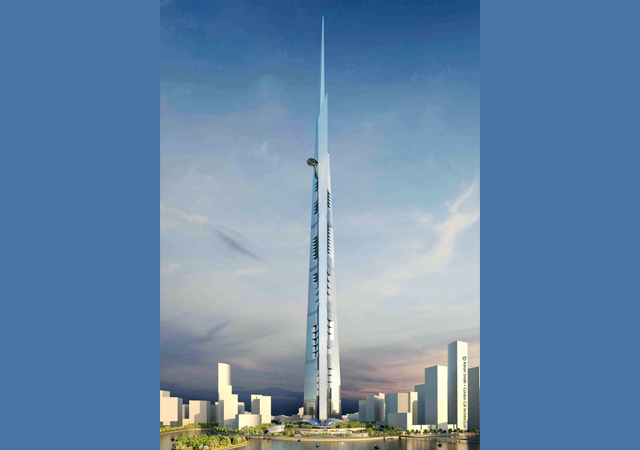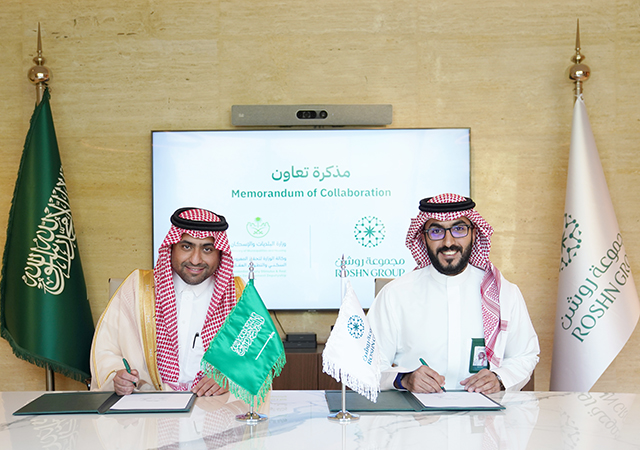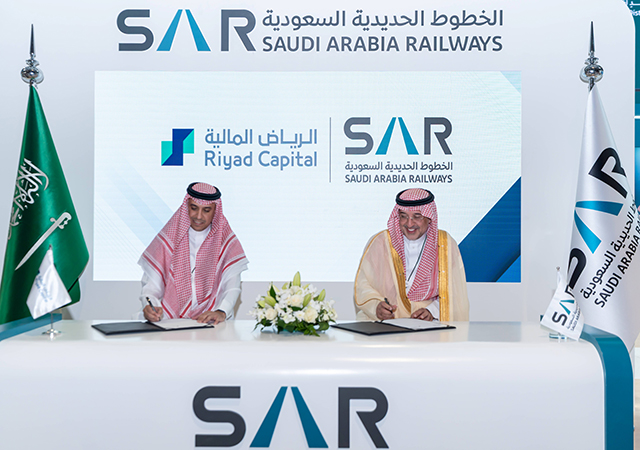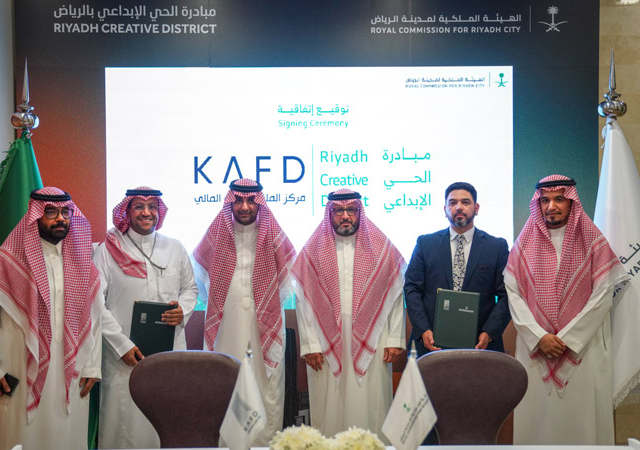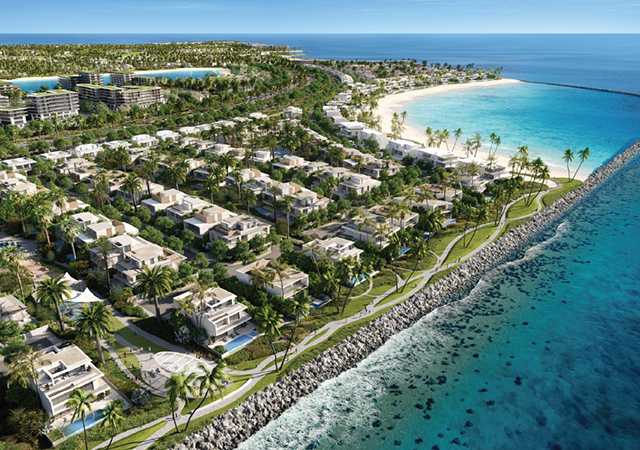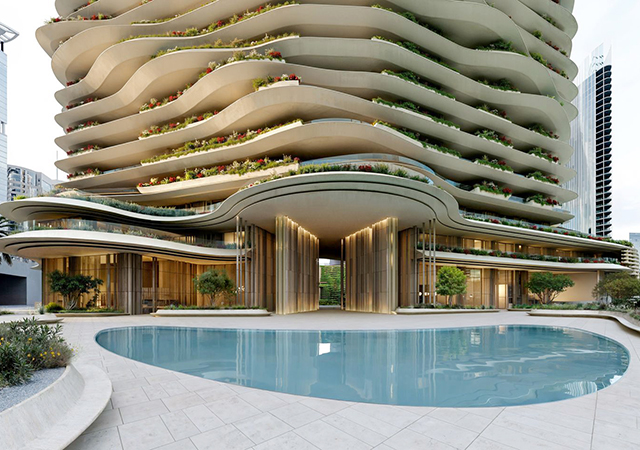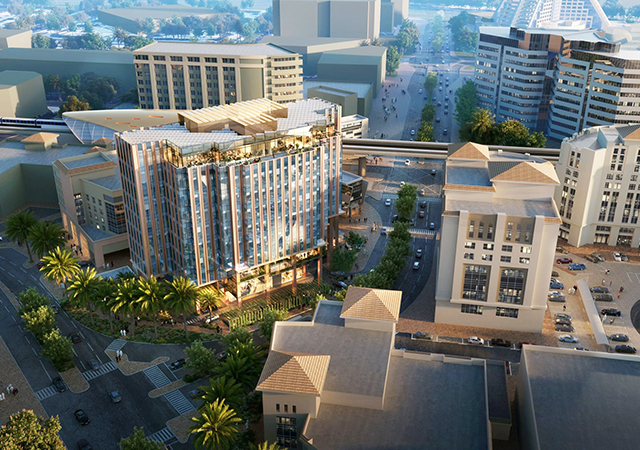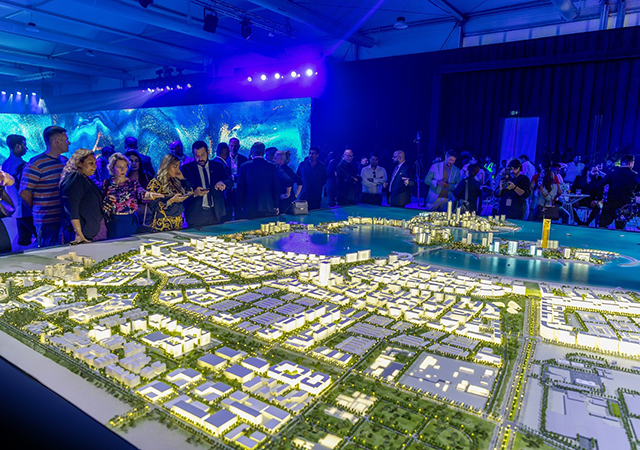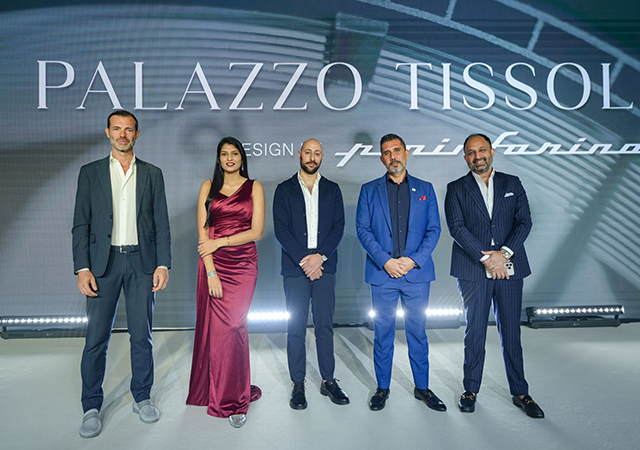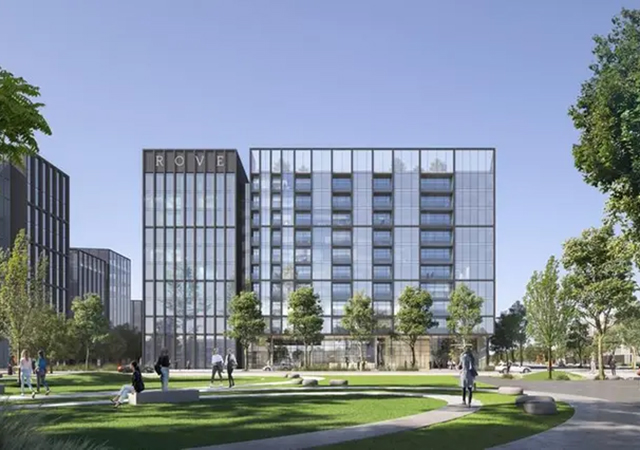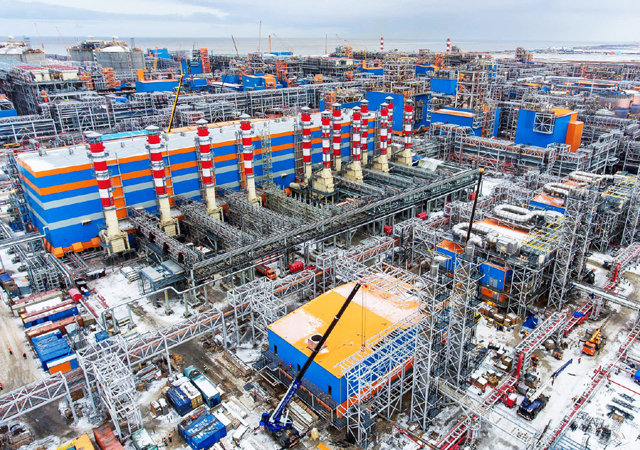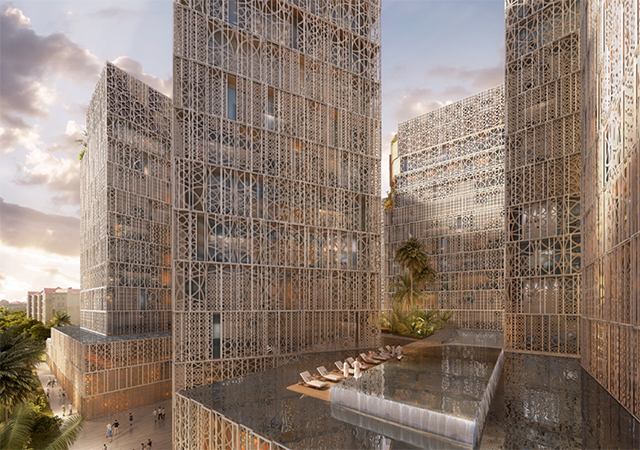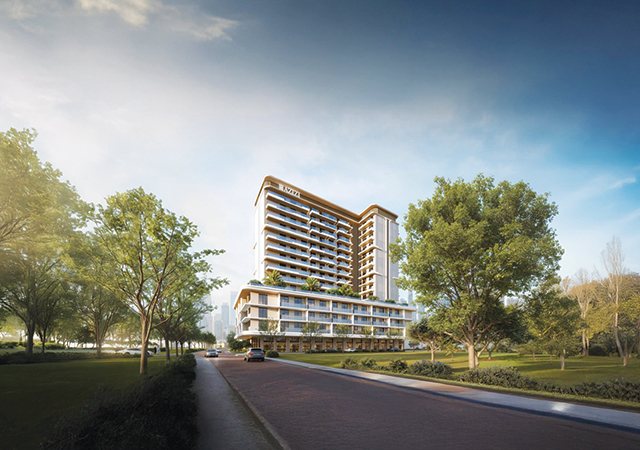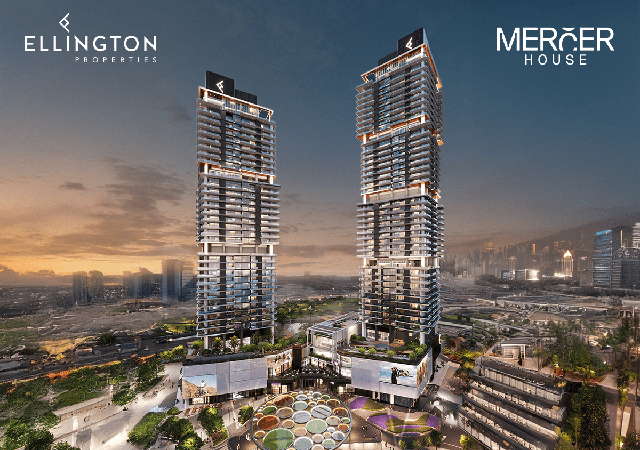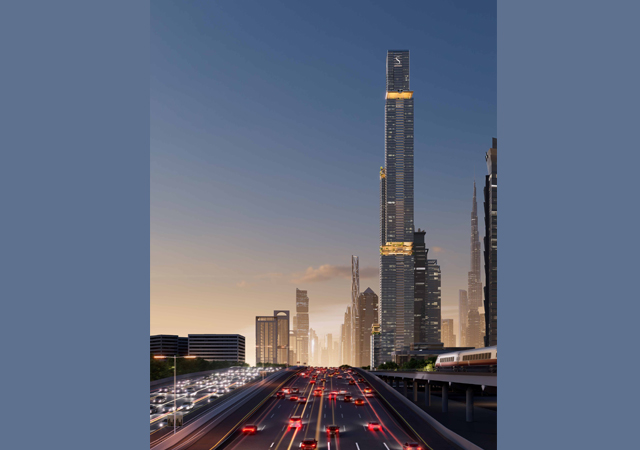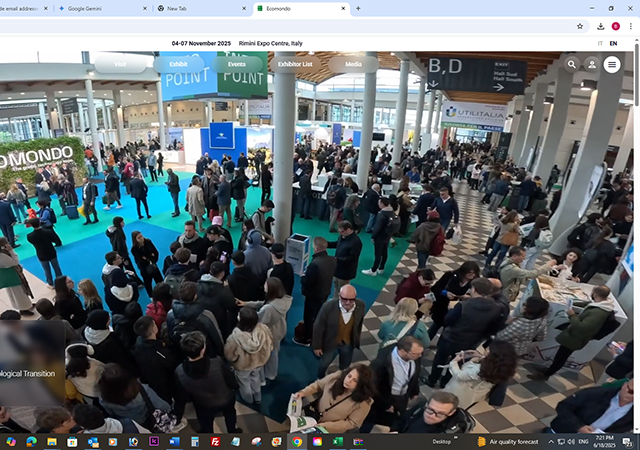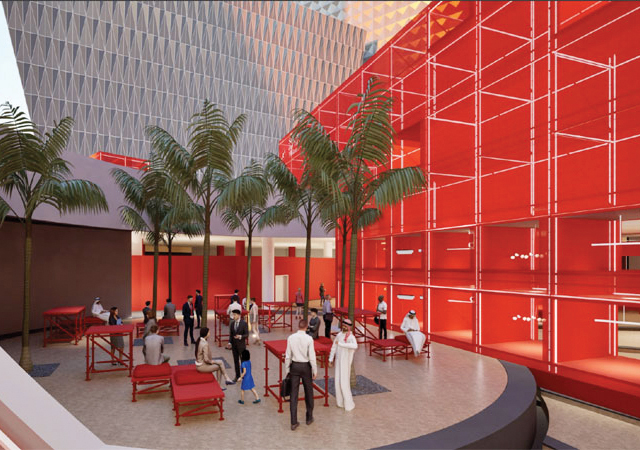Over the last 20 to 25 years, exterior lighting designers have been facing an uphill struggle in trying to convince decision-makers to highlight their constructions with lighting.
It is only recently that the concept of exterior lighting in urban development has become popular and evolved into an art form.
There is now a need to raise the bar on the performance and quality of exterior lighting, while focusing on current environmental issues such as climate changes, global warming, pollution and energy resources.
As sustainable development and urbanisation issues have become increasingly more important for governments and citizens all over the world, the concept of “Light for a Better Life” has been born, and with it the need to strike a balance between economic viability and environmental issues has been become a key concern.
Complete city management
Urban lighting and traffic management are part of strategic urban and suburban development and should meet the highest level of economical, social and environmental objectives. Experts focusing a complete city management programme should:
• Have an excellent knowledge of the field;
• Be able to understand the functional and aesthetical lighting concepts;
• Provide a concrete and functional solution for upgrading and modernisation; and
• Initiate an action plan that guarantees high-quality and durable city lighting.
Environmental protection is also an important issue that has to be dealt with.
For a complete and sustainable urban development programme, both functional and aesthetic city lighting should be planned to create a sense of harmony, while highlighting the city’s unique features.
A complete management system, helps create a ‘city-by- night’ identity and enhance its beauty, reveal its architectural features and highlight landmarks, develop night attractions, facilitate road-traffic and movement of transport as well as ensure a high standard of the operation and maintenance of city lighting.
A sustainable development system put into place by the government will help reduce power consumption, light pollution and trespassing and the emission of greenhouse gases like carbon dioxide. It also lowers maintenance costs by focusing on durable light bulbs and creates a sophisticated lighting system that makes no compromises.
Advantages
The decision makers of city planning need to realise that urban exterior lighting needs professional lighting designers who can create a sustainable design plan which:
• Respects the architectural aspect of the construction by smoothly in-cooperating the electrical lighting fixtures into the building, monument or any other landmarks;
• Showcases the history or the significance of a construction by creating a landmark, which puts the focus on the building rather than the lighting points;
• Are technically and financially feasible;
• Provides smart systems that ensure control and monitoring of lighting points and feature fittings that are easy to access for maintenance purposes; and
• Understands features specific to each country such as trends for colours and technology, reflecting the image of the country as the current trends for a sustainable development programme, without compromising on the quality of lighting.
* Marcel Chauman, presented this paper entitled ‘A different light for the city’, at the Light Middle East Conference held in Dubai last month (May 16 to 18).



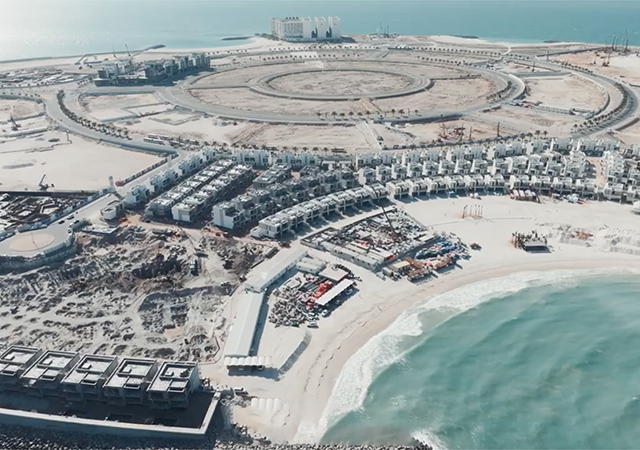


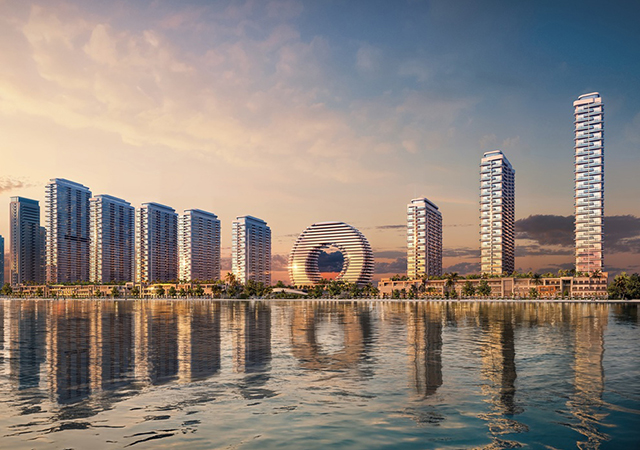
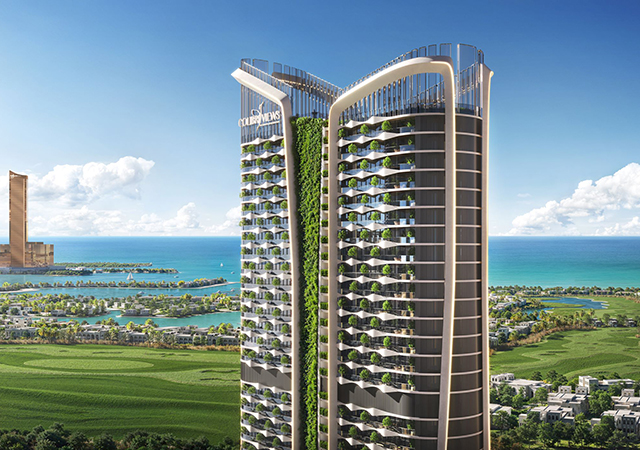
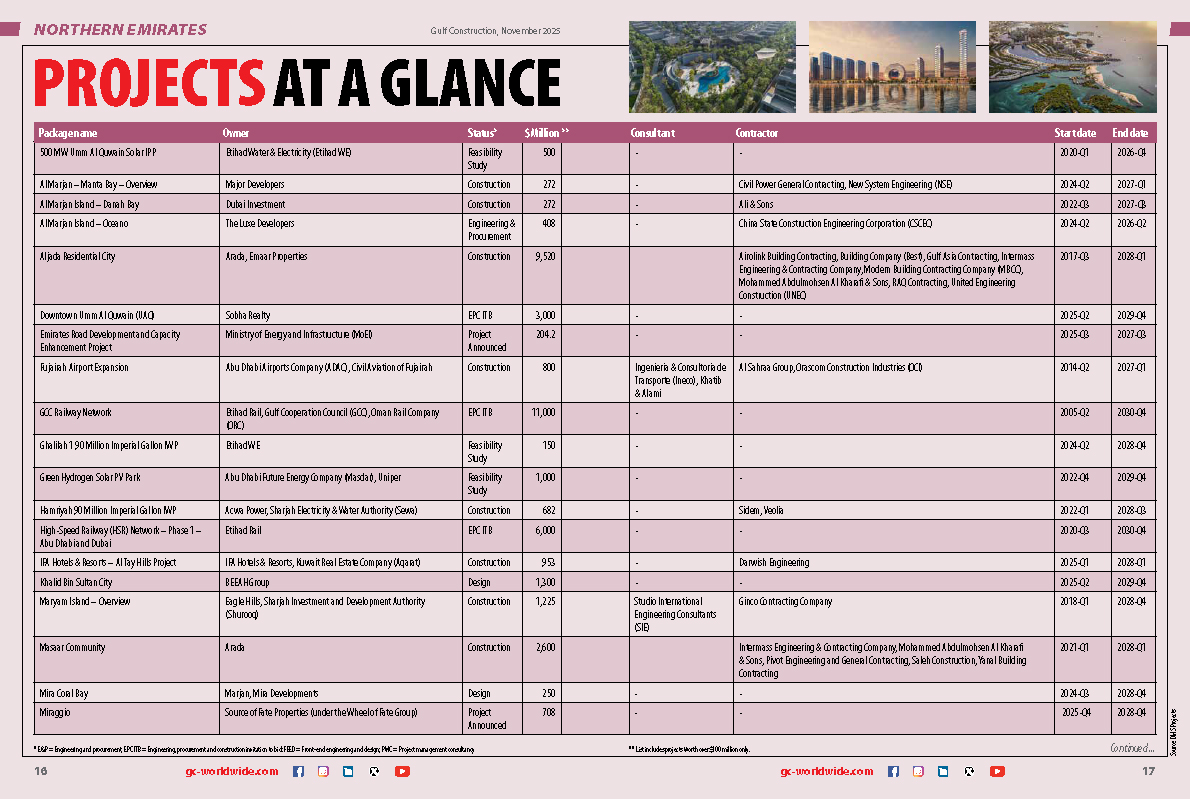

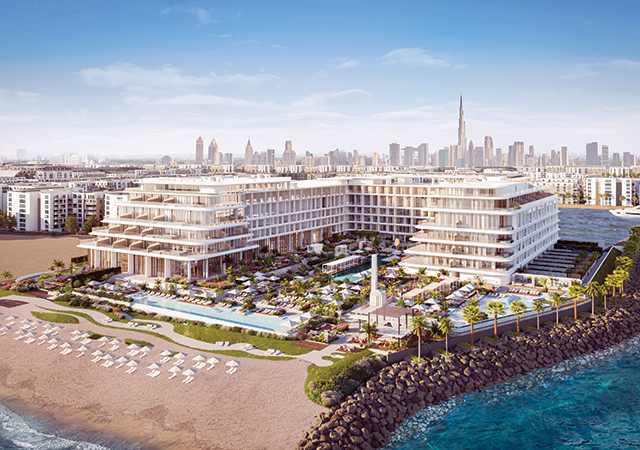
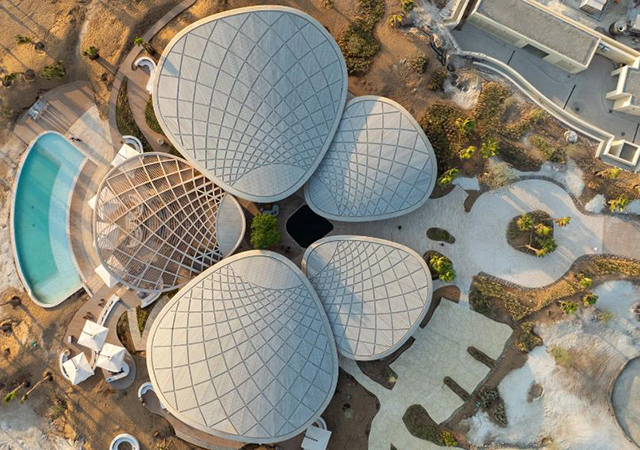

(5).jpg)


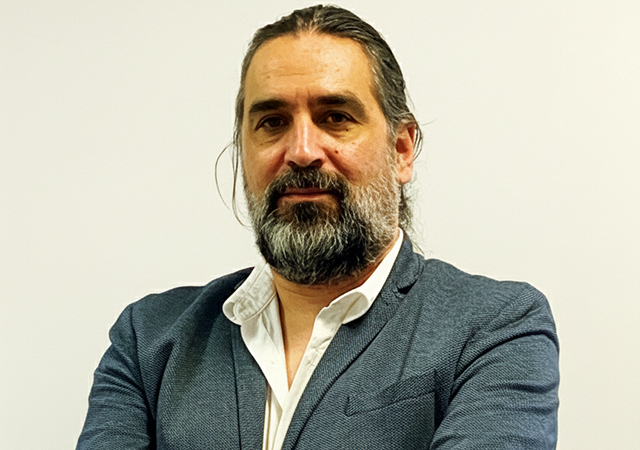
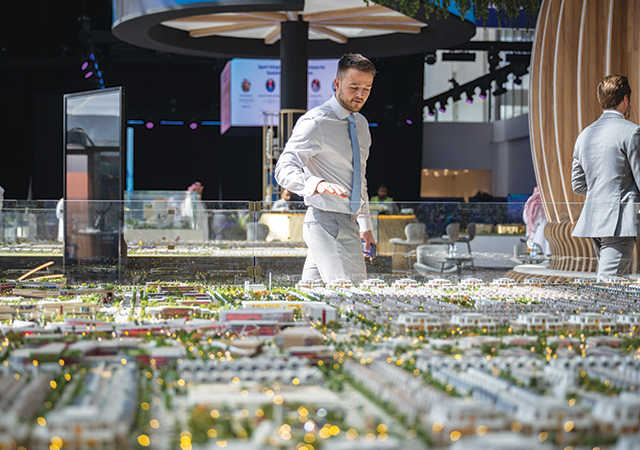
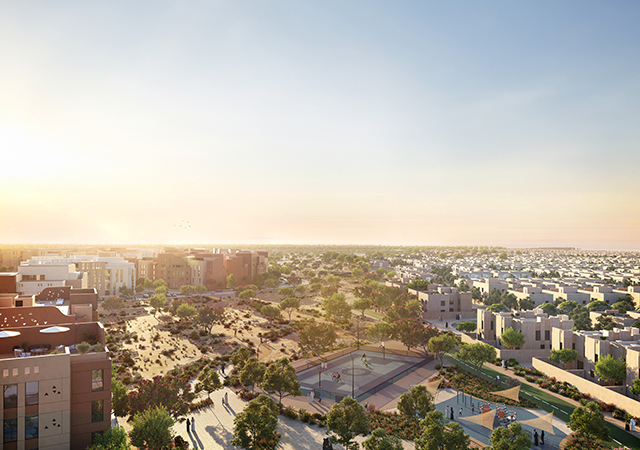
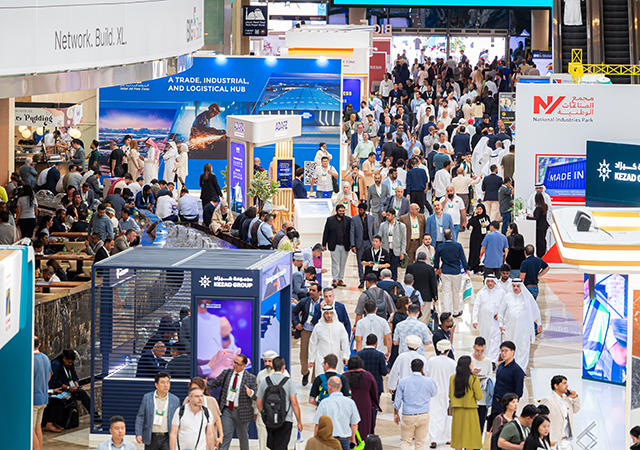
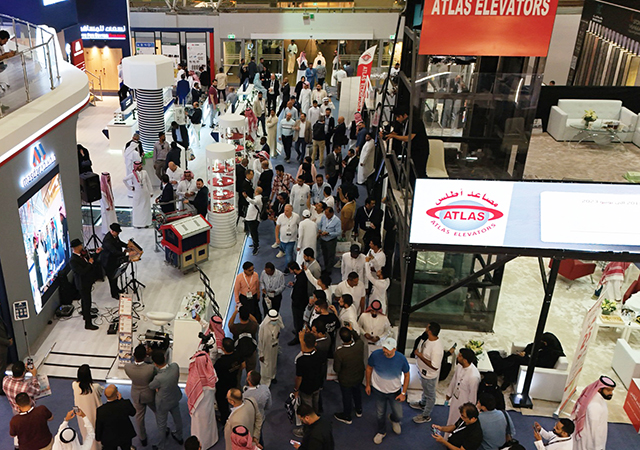
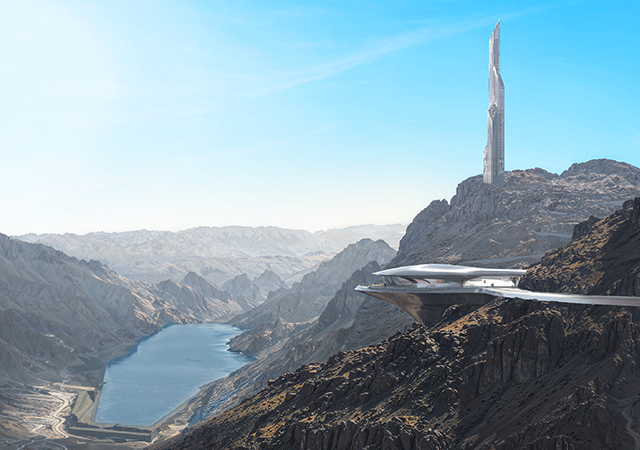
.jpg)



